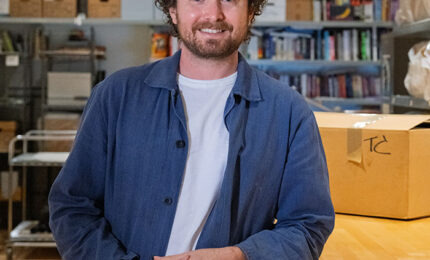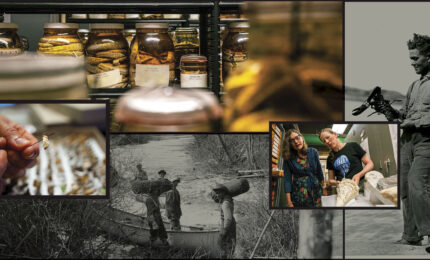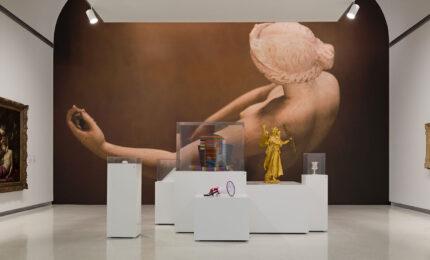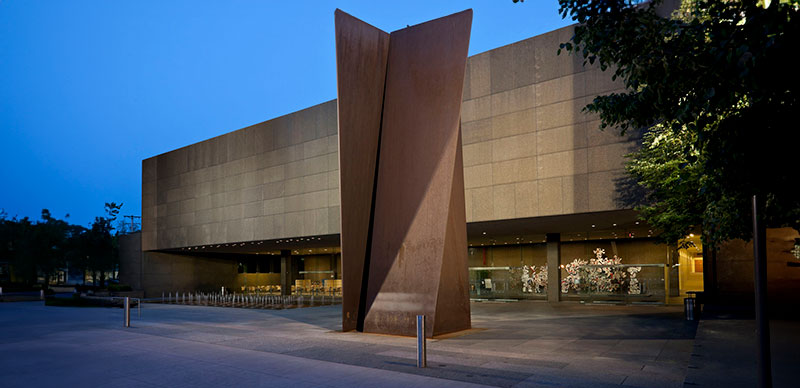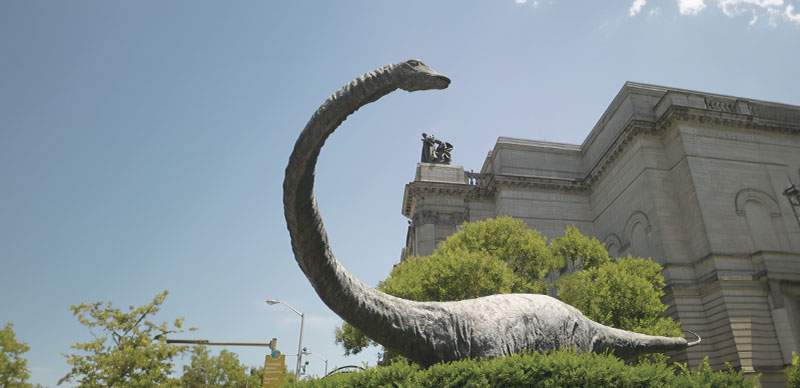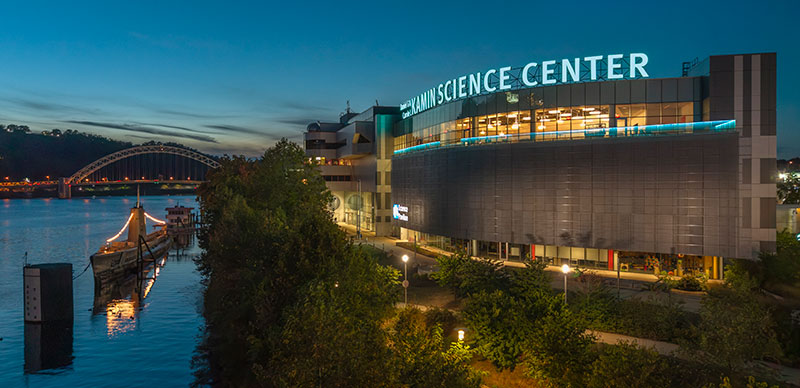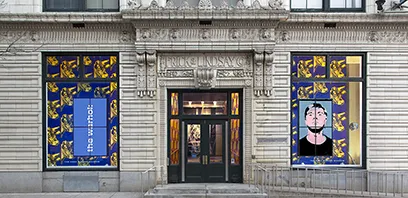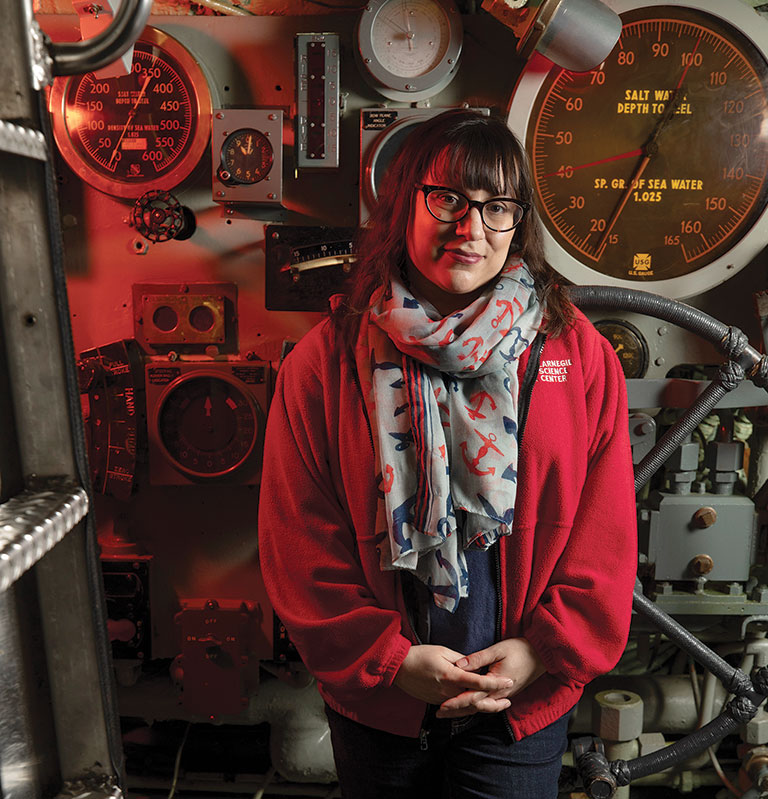
Photo: Joshua Franzos
Most days, Maria Renzelli walks across a deck on the Ohio River, descends a set of steep metal stairs, and climbs inside her 1500-ton metal workspace. “Hi, Requin,” she says upon entering the USS Requin (pronounced RAY-kwin), a decommissioned submarine and permanent historic exhibit docked at Carnegie Science Center. Part social historian, part caretaker, Renzelli and her four-person crew greet 168,000 visitors a year and maintain and research the Requin, the Navy’s first radar picket vessel that set out for its maiden voyage just days before the end of World War II.
Q: How did you get your job?
A: I had just graduated from the University of Pittsburgh with a degree in anthropology and I knew I wanted to work at Carnegie Museums. The first newspaper ad I saw was for a submarine tour guide. I didn’t even know we had a submarine in Pittsburgh. I looked it up and thought, “Hmm, so that’s interesting.” I have been here for 22 years.
Q: How do people react when you tell them what you do for a living?
A: They say, “What?” I explain that there’s a submarine on the North Side, it’s part of Carnegie Science Center, and I take care of it. My grandmother thought I worked at a Subway restaurant for the first year I worked here.
Q: What do you like most about working inside a sub?
A: I like the social history and helping visitors understand that this was someone’s house where they lived every day. It was like one big family of 80 men. One of the things the Navy checked for was how well recruits could get along with people. Everybody assumes they checked for claustrophobia, but it was personality.
Q: What is the most common question you receive from visitors?
A: Where’s the periscope? The periscope is up above in a tiny little room, and we have so many visitors that there is no way we can let people up there. But our new touchscreens inside the Science Center let you go on a virtual tour, and you can see what it would look like if you peered through the periscope. I tell people that movies lie. In all the old movies in the ’50s and ’60s, you see everyone gathered around the periscope. But the periscope never came down to the main body of the submarine until the nuclear submarines of the late ‘60s and ‘70s.
Q: What is your favorite Requin story?
A: Slade Cutter was the first captain when it was commissioned in 1945. He was a hulk of a man, 6 feet 4 inches tall, 250 pounds. He was on the Navy football team; he was a boxer and a golfer. The room that was supposed to be his sleeping quarters was 6 feet long, and he was too tall, so they switched it with the room that was going to be an office, and they built his bed specifically for him. If you look at the mattress now, it’s 6 feet long. There’s just 4 inches of empty space at the end of the bed.
Q: What’s your favorite room?
A: The mess decks with checkerboards and backgammon boards on the tables. I saw a photo of people sitting at the table, playing cards in front of a jukebox. So I bought a jukebox on eBay that replicated it. The food was really, really good on the submarine. They had everything from lobsters to steaks to hot dogs on board. I had a submariner who served on the Requin say that he told the cook one day, “I can’t eat another steak. I want a cheeseburger.” So the cook let him have free rein of the refrigerator.
Q: Is interior maintenance a pretty unique challenge?
A: Cleaning can be difficult since we don’t have running water and some areas are difficult to physically get to. Other than that, I liken it to taking care of an old house: sometimes you think it’s just a burned out light bulb, but three hours later you’re still following wiring looking for a bad circuit or tracking down a fuse. It’s all worth it to bring the boat back to life.
Q: How dangerous was it to be a submariner?
A: It was very dangerous during World War II. There was a one in five chance that you weren’t going to come back. But it was relatively safe during the Cold War when Requin went out. They weren’t firing torpedoes at each other during the Cold War. We like to say we never fired a torpedo in anger—just for target practice and training.
Q: Do you meet with the local submariner community?
A: Yes, I go to Requin reunions. I was named an honorary submariner by the local Submarine Veterans Association. It’s always nice to be recognized for your work by actual submariners. It’s a shared camaraderie of a very unique, special interest.
